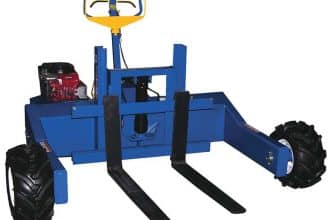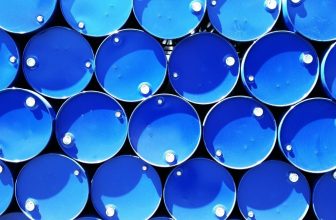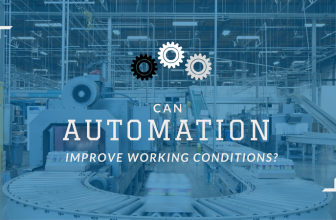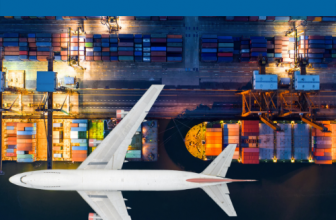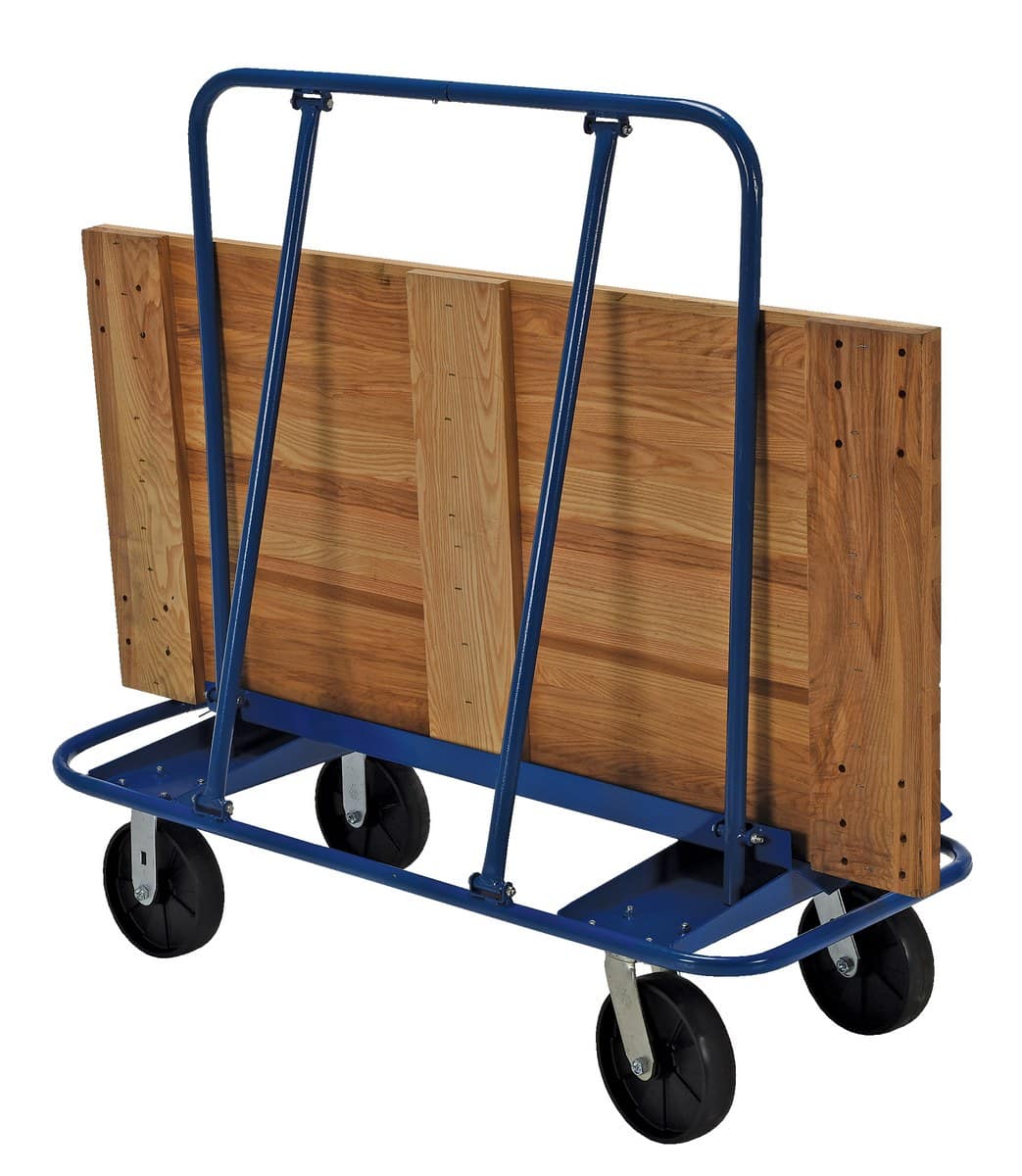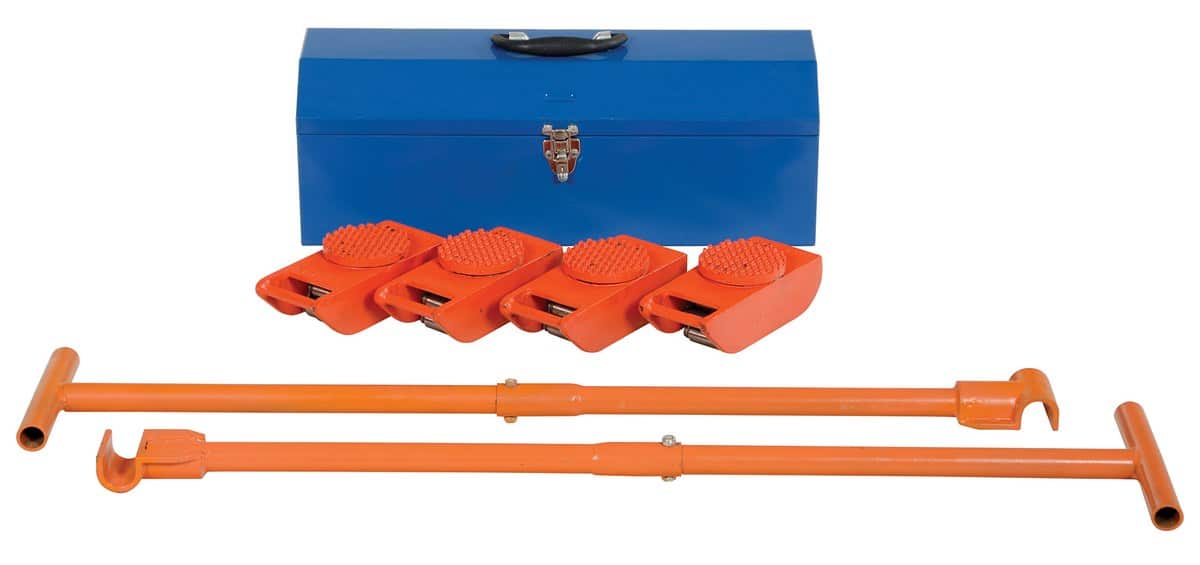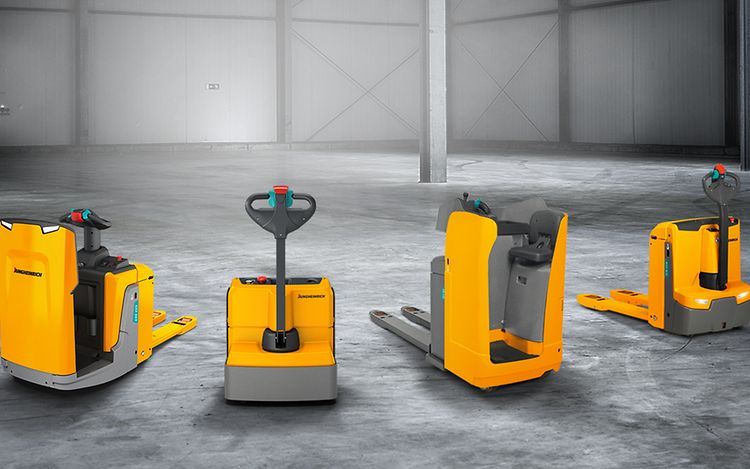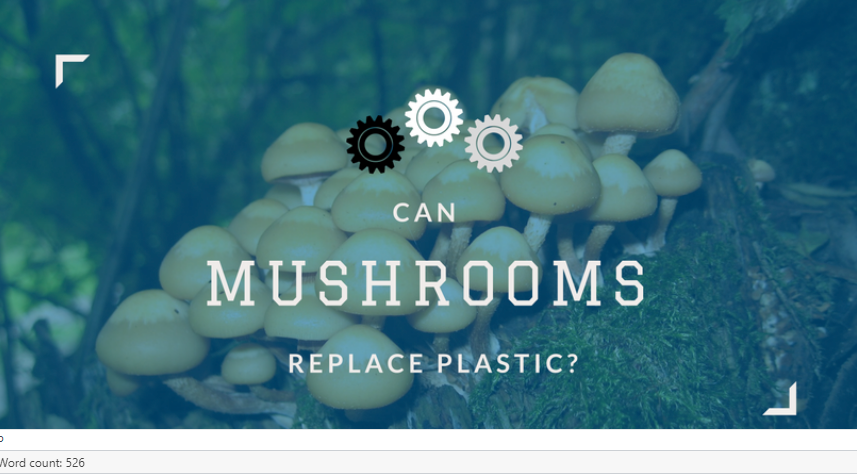
Supply Chain TED Talks: Can Mushrooms Replace Plastic?
According to a recent TED Talk about the supply chain and logistics, each year we spend about $20 billion worldwide in Styrofoam production. Styrofoam is one of the most frequently used plastics in existence because it can be used to make a wide range of products such as disposable plates and cups, cushions, and coolers. Another huge part of the Styrofoam industry involves packaging and shipping material. Our online purchases would never arrive at our doorsteps safely without packing peanuts and Styrofoam protection inserts. Let’s face it. Styrofoam is everywhere. The big downfall, however, is its lack of biodegradability and the amount of stress it puts on the environment.
Today, about 25% of the world’s landfills are occupied by Styrofoam, and there is no way to get rid of it safely. The more Styrofoam we produce, the worse this problem will get and will cause major problems in the future that we cannot turn back from. Ideally, we need to figure out a resolution to this problem by exploring all of our biodegradable and renewable material options.
Eben Bayer is making progress in resolving this issue; he has co-invented “MycoBond-” an organic adhesive that turns agro waste into a foam-like material for packaging and insulation. This adhesive is made from mushroom root particles, called mycelium, a part of the mushroom that nobody really recognizes.
How Does it Work?
At the end of a season, trees drop their leaves on the ground because they are finished with the old ones and will be growing new leaves for the following season. These fallen leaves are upcycled into next year’s topsoil, and this contributes to how mushrooms are made. With mycelium, we can actually grow materials with many of the same properties of conventional synthetics.
What are the Benefits of Mycelium?
We already know that mycelium is environmentally friendly because it is grown from agricultural byproducts instead of non-renewable resources like petroleum, but it has several other beneficial traits as well:
- Easily moldable. Mycelium can be pressed and glued into any shape
- Insulating
- Self-assembly
- Fire-resistant
- Moisture-resistant
- Vapor-resistant
- Can absorb impacts and acoustic impacts
- Can decompose in days if needed
- Helps improve local soil
Manufacturing Mycelium Products: 4 Basic Steps
- Select a locally manufactured feedstock option
- Use the feedstock to create a tool or mold to get the material to the desired shape
- Use materials to grow mycelium. The organisms are doing the work here, not the machines
- Make sure the final product is manufactured locally. This model has a special formulation where certain parts of the world use regional byproducts. Ex; if you are in China, you may use a rice husk or cottonseed hull as your feedstock. The last step involves the feedstock being processed with basic equipment
Why Is This Important?
By mass-producing a material that cannot decompose into the Earth, we are basically clogging up the world’s circulatory system and arteries. This will slowly but surely create an unhealthy living environment for our descendants. We know that packing and shipping supplies will always be needed and will continue to be a growing industry. By using biodegradable and renewable materials, we are can better guarantee a healthy Earth for future generations.




